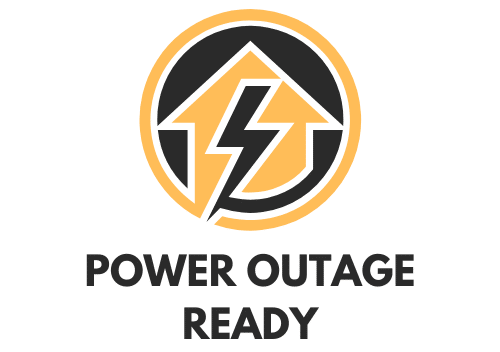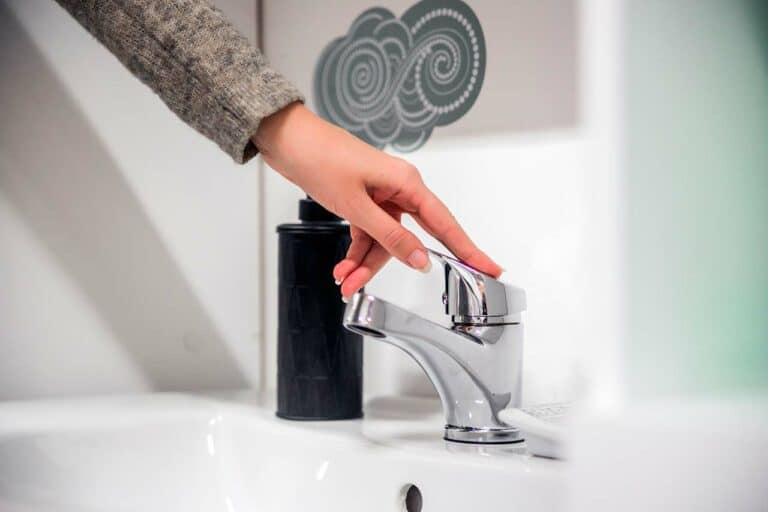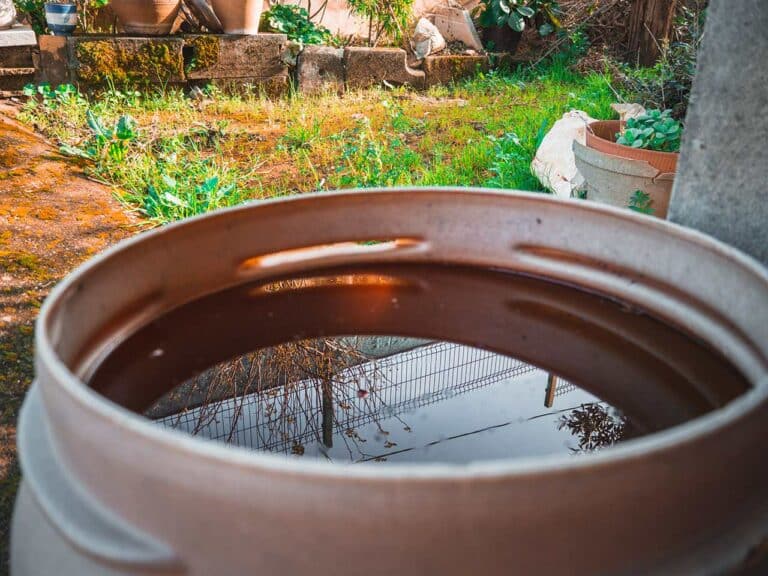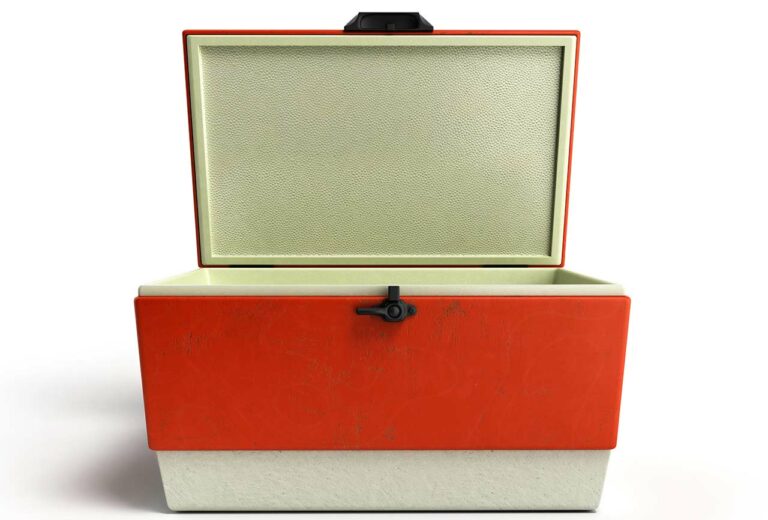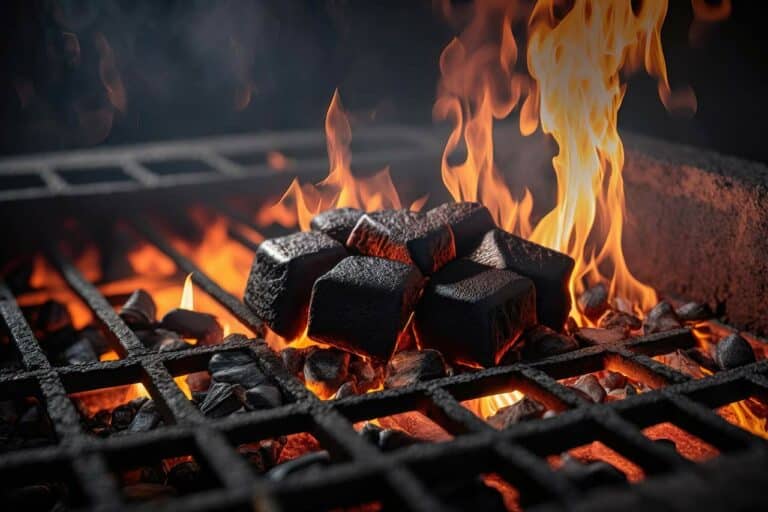Refrigerator Not Working After Power Outage? Here’s What To Do
Power outages can happen anytime, and dealing with the aftermath is never fun, especially when it comes to your refrigerator. You might find yourself in a situation where your trusty fridge is not working after the power comes back on, leaving you scratching your head and worried about all that spoiled food. Don’t panic just yet; there are proven solutions and simple checks you can perform to get your fridge back in working condition.
Understanding the Problem
When the power goes out, it can cause subtle changes in your refrigerator that you might not notice until later. The most common issue is that your fridge might not turn on or cool properly afterward. It’s essential to quickly identify any problems and take immediate action to prevent food spoilage and ensure the optimum performance of your appliance.
Before diving into the details, it’s crucial to understand why fridges might stop working after a power outage. Electrical surges or voltage spikes can damage sensitive components in your refrigerator, such as the compressor or control board. A power outage itself may also trigger safety features that prevent your fridge from starting up immediately to protect its internal parts. So, what do you do if that happens? Well, grab your flashlight and put on your problem-solving hat, we’re about to go digging into your fridge’s issues, problem by problem.
Fridge Won’t Turn on After a Power Outage
A power outage usually means your refrigerator has lost power temporarily. When the power comes back, you may find that your fridge isn’t turning on at all. This can happen due to electrical surges during the outage, which can damage the appliance’s internal components. At the lesser extreme, power outages can cause the fridge’s circuit breaker or GFCI outlet to trip, interrupting its power supply once the electricity is restored.
We like these ones a lot, they mean no permanent damage to your fridge, so let’s tackle them first.
Circuit Breaker Issues
Sometimes an electrical short occurs during a power outage, which can trip your circuit breaker. And that’s all it does, just pushes that breaker that was on to off.
So, before you do anything more intensive, check the breaker box outside your house. You may just need to flip the switch for your fridge’s power circuit back to the “On” or “Closed” position.
Outlet Deficiencies
Refrigerators usually use GFCI electrical outlets. When there’s a power outage, these outlets can trip, just like a circuit breaker, cutting off power to your fridge.
To fix this, head over to the outlet and hit that Reset button on the faceplate. You can usually tell if it’s been tripped by the little red light on the outlet. If that doesn’t work, you’ll have a little more work to do.
Internal Refrigerator Faults
It’s a bummer, but internal fridge parts, like the compressor or control panel, can get damaged during a power outage. To determine whether this might have happened, check the thermostat and temperature settings to ensure they’re on point. If the fans or compressor engine aren’t coming on, and you don’t know how to fix your fridge yourself, you’re gonna need a pro.
Complications With Power Cord
While it’s unlikely your fridge’s power cord will be damaged in a power outage, an outage can cause already existing issues to come to the forefront. If things won’t turn on, check your cord situation. If the fridge is plugged into an extension cord or any other type of extension device, it’s time to remedy that. Your fridge should always be plugged directly into a GFCI outlet, without extensions.
Fridge Won’t Cool After a Power Outage
Another common issue with refrigerators after a power outage is inefficient cooling. In some cases, it may take a while for the fridge to reach its optimal temperature after electricity is restored. The longer the power outage, the higher the risk of food spoilage and bacterial growth inside the refrigerator.
If your fridge is turning on, but won’t seem to cool, it’s time to start investigating.
Consulting the Owner’s Manual
The first place you should look if your refrigerator is struggling to cool after a power outage is to the manufacturer. Grab your owner’s manual. Since refrigerator’s are different in small ways, your problem may be specific to your model. Many manufacturers also include troubleshooting tips specifically for power outages.
Pro Tip: If you don’t have an owner’s manual for your fridge, you should be able to find one online using the brand and model now that the Internet is restored.
Assessing the Freezer
If your owner’s manual doesn’t provide enough help to fix the problem, check the freezer. Open it up and see if any frost has built up, or if there’s a drop in temperature.
If there is frost in the freezer, give your fridge some time to defrost and get back to working conditions.
If the freezer is running fine, and frost-free, but your fridge still isn’t, there is likely an issue with the cooling circulation, and you’ll need to do a little more investigating.
Examining the Control Panel
Take a look at the control panel of your refrigerator. It might be possible that it went into demo mode during the power outage. Demo mode essentially turns off the cooling system while it keeps the display and lights working. Your owner’s manual should have instructions to disable it.
Getting Your Chill Back After a Power Outage
In the wake of a power outage, it’s understandable to feel overwhelmed, especially when faced with a non-functioning refrigerator. However, with a systematic approach and a bit of patience, many of these issues can be easily resolved.
Always remember that while some problems can be tackled with a DIY spirit, there’s no shame in consulting a professional when in doubt. After all, preserving the safety and functionality of your fridge is paramount to food freshness and health.
